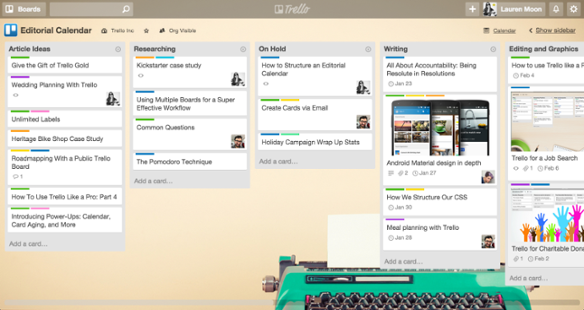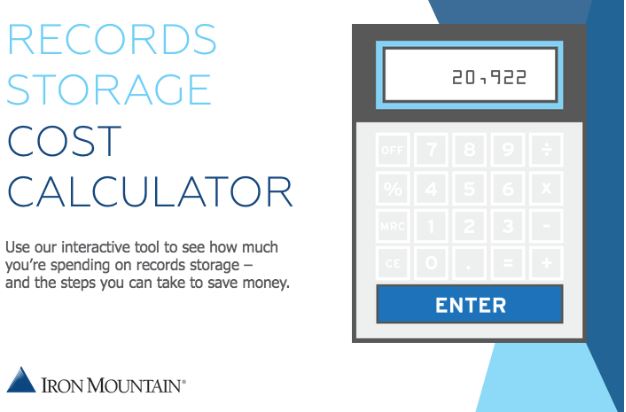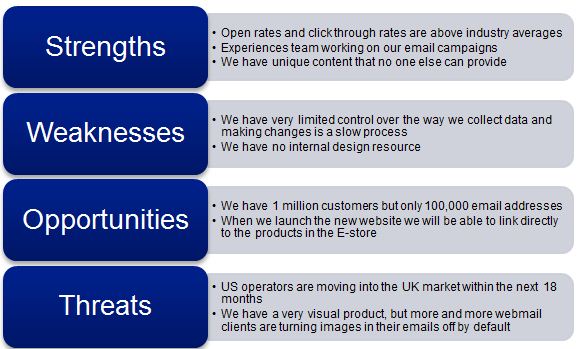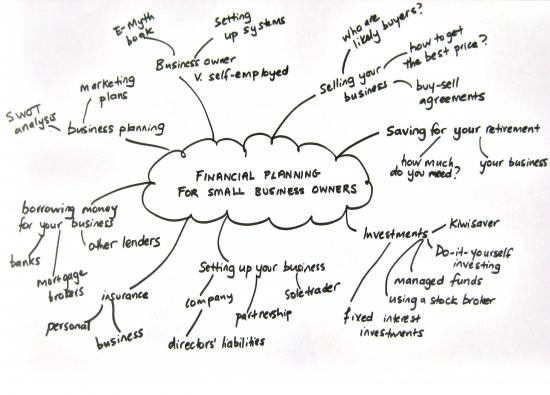Interactive Content is the new standard in the B2B market. In fact, 88% of B2B marketers said in a Demand Gen Report that at least 10-30% of their content would be interactive by 2018.
Why the shift?
Including interactive content in the mix makes your customers feel more involved in the research and buying process. If you use it correctly, it can help make you more memorable, too.
But coming up with fresh ideas for interactive content can be hard. With so many different ways to implement interactive content on your site, it can feel daunting just looking at a list of possibilities.
That’s why we gathered some ideas that will help you content brainstorm fresh, compelling interactive ideas that engage leads and that keep your sales funnel flowing.
Let’s explore!
Key Takeaways: Top 5 Content Brainstorming Strategies
- Document Initial Thoughts: Even if an idea seems half-baked, write it down. These early inklings can evolve into your most innovative content strategies upon revisitation.
- Utilize Content Boards: Keep a perpetual content board, physically or digitally, to capture spontaneous ideas. This encourages continuous creativity and cross-team synergy, leveraging diverse insights for engaging interactive content.
- Analyze Your Funnel Needs: Identify gaps in your content strategy by examining the buyer’s journey. Tailoring interactive elements to fill these voids can enhance lead engagement and gently guide them down the sales funnel.
- Employ SWOT Analysis and Mind Mapping: These strategic tools can spotlight areas ripe for interactive content innovation, helping to align your content strategy with your brand’s strengths and market opportunities.
- Experiment with The Medici Effect: Draw inspiration from outside your industry to discover novel approaches to interactive content. Learning from the solutions others have found to similar challenges can spark unique ideas tailored to your audience.
Words of Wisdom About Content Brainstorming
Before we go over some brainstorming techniques that can help you come up with new ideas for interactive content, there are a couple of things you should keep in mind about brainstorming in general.
- First, don’t be too selective in the types of things you write down during your brainstorming. You can write whatever comes to mind at first to keep the creative flow going. Later, you can go back and pick out the best ideas (or rule out the worst ones). If you try to do both of those steps at once, you’ll most likely end up being too harsh of a critic to let yourself write down any good ideas at all.
- Second, if you have the beginning of an idea but you’re not really sure where it’ll take you, write it down anyway. You might have time to chase it down later. Some of the best ideas can be found by coming back to something that seemed random at first. If you keep a brief record, it could jog your memory and help you finish thinking the idea through.
Next, let’s talk about how you can come up with fresh ideas for interactive content.
5 Strategies for Brainstorming New Interactive Content Ideas
Here are our top 5 strategies for content brainstorming the right way:
1. Leverage Content Boards
One way to help generate new ideas for content without putting strict time constraints on creativity is to keep a content board up all the time. This helps you keep track of ideas as they are generated instead of trying to chase down things you can barely remember or holding a single brainstorming session that can put a lot of pressure on your team.

Online versions of this are probably the most efficient (consider using tools like CoSchedule or Trello) to preserve the ideas you come up with.
You could also try an old fashioned version: A white board, chalk board, or even just a wall with sticky notes where anyone can leave an idea whenever they think of it. Sometimes the aesthetic itself can spark an idea. Give everyone access and use it like a constant brainstorming storage space.
Your team can play off of each other’s ideas.
A content board is also a great opportunity to invite cross-team communication, especially between sales and marketing.
Different parts of your team might know what leads in different positions of the sales funnel are really looking for, and that kind of knowledge can be incredibly helpful in creating relevant interactive content.
2. Examine Your Content for Funnel Stages
Another approach to coming up with ideas for content is to ask yourself what’s missing from your current approach.
Ask yourself: How could you provide a middle step for your leads, between reading the information and contacting sales to talk more about it? Many times, leads may show interest and would like more detailed or personalized information but don’t feel ready to commit to talking to a salesperson yet.
That’s why having content for all stages of the funnel is so important.
With this approach, you can give low-commitment information that’s still more personalized than what leads find on the your main website.
For example: You could include a quote estimate calculator that gives the lead rough idea of what your solution would cost without going into detailed negotiations. It’s a middle step in between the general information provided on the site and the detailed information that comes from talking to sales.
If you’re still feeling a little lost after trying those suggestions, try out some general brainstorming techniques to help you find a place to start
3. Do a SWOT Analysis
A SWOT Analysis helps you take stock of your current approach to content and identify the places you could use some work. Make a list of the strengths, weaknesses, opportunities, and threats (SWOT) facing your approach.
This helps you spot areas you could bolster with interactive content.
Maybe you know your site comes off as impersonal, or that your leads are looking for information on how to generate leads themselves.
Or maybe you don’t know what your leads are looking for—you can use all of those things to your advantage. Just having an idea of your strengths and weaknesses can help you prioritize content you really need.
4. Try Mind Mapping
If you already know what gap you’d like to fill with your new interactive content, start with that general word or idea and write down any words it makes you think of around it. Mind mapping (or word association) can help you visualize the flow of ideas and topics you have covered or need to cover.
If you know that your site is low on personality or personal connection, you could write down the word “personal” and link that to the solution of a face-to-face conversation, which could be a recorded interview online that leads can direct themselves by choosing the questions they want to hear answered.
Let your starting point lead you to other ideas.
5. Test out The Medici Effect
The Medici Effect in brainstorming encourages borrowing from other people’s solutions or methods if they face problems comparable to yours. It explains how people, problems, and solutions are often related in ways we don’t even realize at first.
If you think about how problems line up, or can identify the parallels in situations, sometimes you can implement parts of the solution in your own circumstances.
Even if you don’t like the way others have solved the problem, you can still use this method to gauge how other companies and individuals approach similar issues, which can help you come up with a better way to do it yourself.
Study what your competitors are doing and see where you can spot opportunities to outpace (and outsmart) similar brands with interactive material.
Content Brainstorm Fresh Ideas, Drive More Leads
Interactive content is becoming more and more important in the B2B market as technology advances. It’s becoming expected for companies to have some way for leads to interact with their site rather than just read dry content.
Personalization is the name of the game.
With that said, leads are often looking for ways to guide their own experiences and are more likely to make the decision to buy on their own, rather than contact a salesperson who obviously wants to talk them into it.
Providing the tools for leads to get all the information and do the research they need at their own discretion is a good way to keep them interested.
To stay up to date with the rest of the industry and keep leads coming in, you need to produce new interactive content on a regular basis (which presents a wide array of possibilities and can be tailored to your needs.)
Content brainstorming tips help you generate ideas, and other analysis techniques help you decide which types of content are the most relevant for you.
Start there, and generate a running list that you can pull from all year long.


